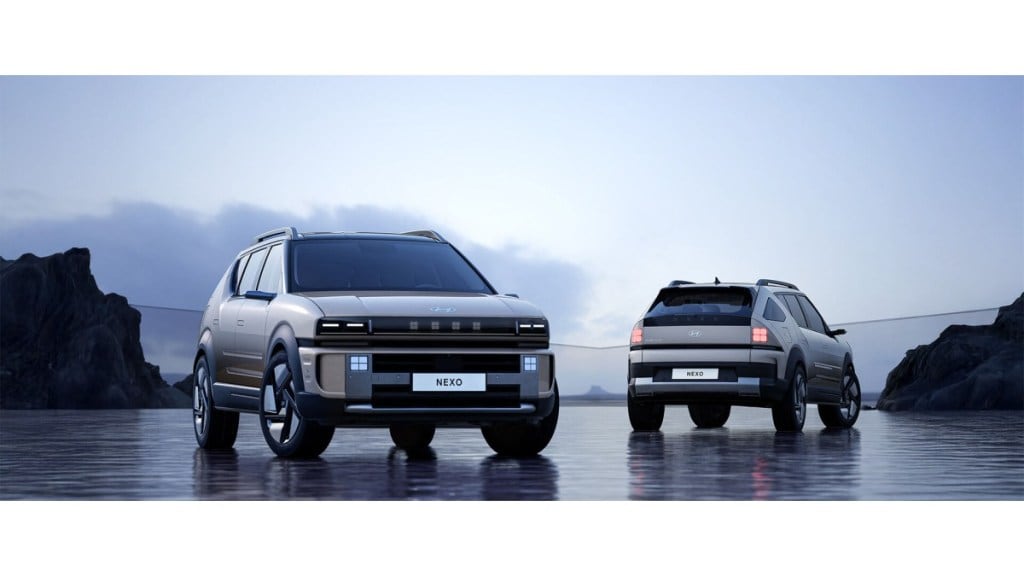By Tarun Garg
The global automotive landscape is undergoing its most profound transformation – moving beyond conventional internal combustion engines (ICE) to embrace electrification, hybrid and alternative fuels. As nations race towards net-zero emissions, automakers, policymakers and innovators are rethinking powertrain technologies.
India at the centre
India – the world’s third-largest auto industry – is at the forefront of this revolution. The country’s automotive sector contributes 6% to GDP and provides employment to millions. In the last four years, the industry has attracted an impressive $36 billion in FDI, and the passenger car market is projected to reach a size of $54.84 billion by 2027.
More than electric
The transition from conventional ICE vehicles to electric, hybrid and alternative fuels is no longer an option, but a necessity. The potential for EVs is immense in India, and trends indicate that EV adoption will increase manifold in our country – on the lines of China (27% EV penetration), Europe (13%), and America (8%). But it won’t happen immediately.The government is offering incentives and infrastructure support to accelerate EV adoption, supported by initiatives such as the PM E-Drive, PLI and state-level subsidies.
In FY25, EV penetration in passenger cars was 2.7%, and is expected to reach 3.5% in the current fiscal year.But while EVs dominate the alternative powertrain narrative, technologies such as FCEV (hydrogen fuel cell EV), flex fuel and others are also evolving. Countries like South Korea, Japan and Germany are making significant investments in FCEVs, and India is exploring this space through the National Green Hydrogen Mission. At the same time, ICE technology has evolved, with turbocharged engines, CNG and hybrid at their peak efficiency.
A multi-powertrain era
The future of powertrains is not about one solution replacing another, it is about coexistence and complementarity. Fuel-efficient CNG, hybrid and flex-fuel technologies can help reduce greenhouse gas emissions, in addition to the increasing focus on EVs. To accelerate this shift, the industry, policymakers and infrastructure providers must work together to build a robust ecosystem – one that supports not just vehicles, but the entire mobility value chain, from charging and refuelling infrastructure to supply chain innovation and policy frameworks.
At Hyundai, we are committed to driving innovation and contributing towards a sustainable future of mobility. Thanks to our strong parentage, we are leveraging Hyundai Motor Company’s global technology expertise and have access to future-ready powertrains that meet the mobility needs of new-age customers.
(The author is whole-time director & chief operating officer, Hyundai Motor India Ltd. Views are personal)

